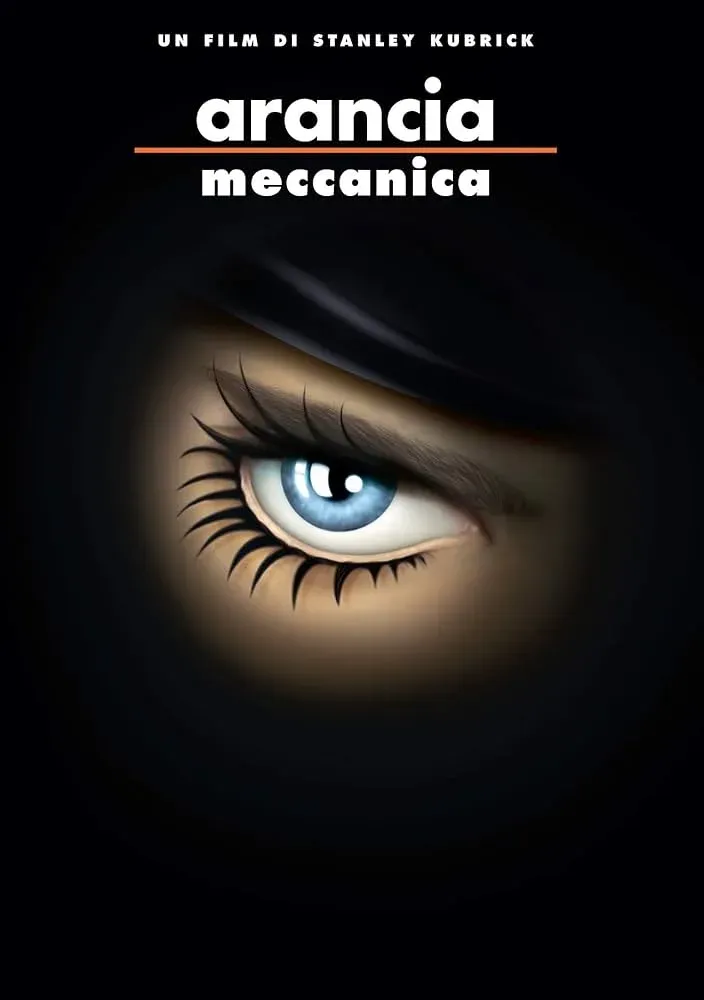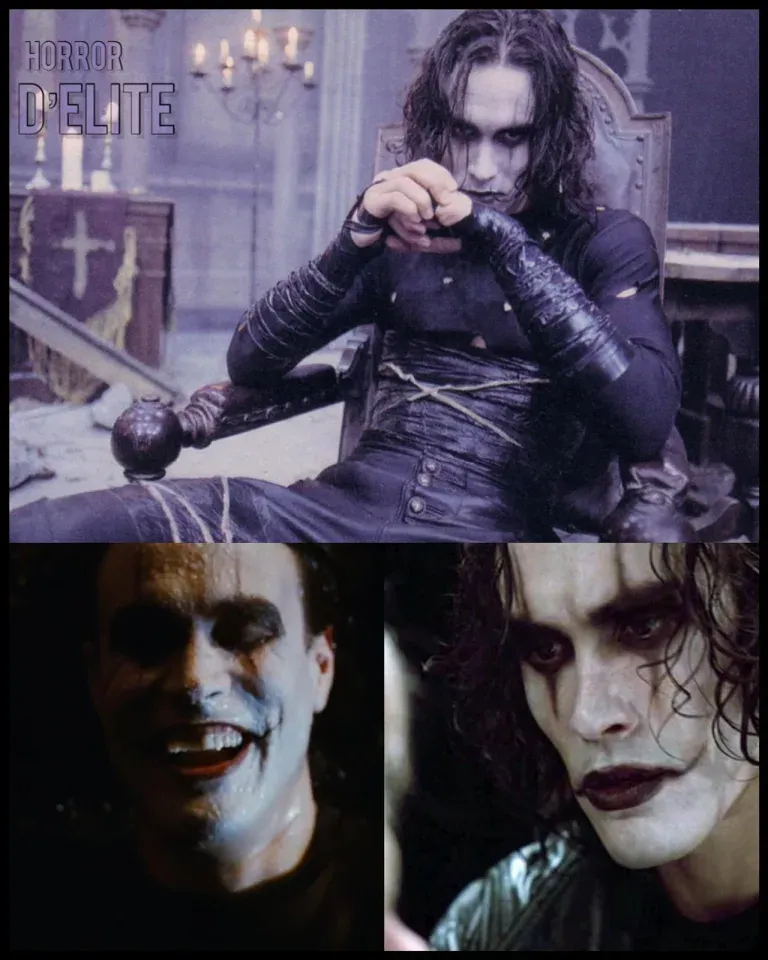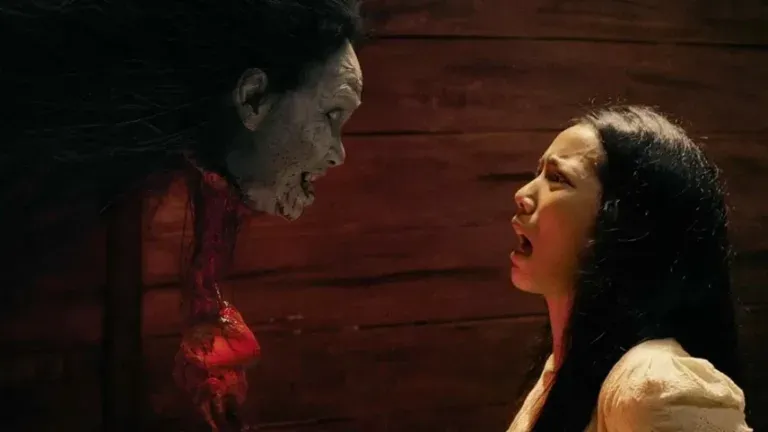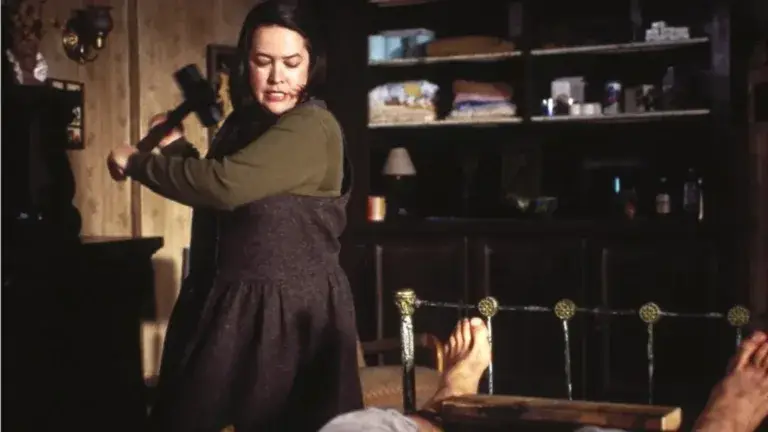A Clockwork Orange
A Clockwork Orange: A Masterpiece of Dystopia and Violence
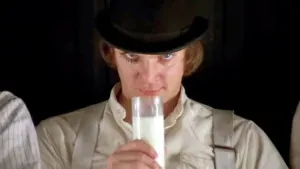 Original Title: A Clockwork Orange
Original Title: A Clockwork Orange
Director: Stanley Kubrick
Release Year: 1971
Main Cast:
- Malcolm McDowell as Alex DeLarge
- Patrick Magee as Mr. Frank Alexander
- Michael Bates as Chief Guard
- Warren Clarke as Dim
- Adrienne Corri as Mrs. Alexander
Soundtrack: Wendy Carlos (with music by Ludwig van Beethoven) Screenwriter: Stanley Kubrick (based on the novel by Anthony Burgess)
Introduction to the Film
 A Clockwork Orange is a 1971 film directed by Stanley Kubrick, based on the 1962 dystopian novel of the same name by Anthony Burgess. The film, a cult classic, is known for its raw and uniquely stylized depiction of violence, as well as its profound social commentary on the nature of free will, morality, and state control.
A Clockwork Orange is a 1971 film directed by Stanley Kubrick, based on the 1962 dystopian novel of the same name by Anthony Burgess. The film, a cult classic, is known for its raw and uniquely stylized depiction of violence, as well as its profound social commentary on the nature of free will, morality, and state control.
Plot
Set in a dystopian future, the film follows the story of Alex DeLarge, a young delinquent passionate about “ultraviolence” and classical music, particularly Beethoven. Alex leads a gang of thugs, his “droogs,” who spend their nights committing acts of gratuitous violence, rape, and theft. Their lives change when Alex is betrayed by his companions and arrested by the police.
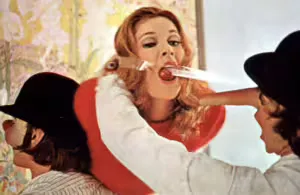 In prison, Alex volunteers for a new experimental treatment, the “Ludovico Technique,” which promises to reform criminals through extreme conditioning. However, the treatment proves to be inhumane, not only eliminating Alex’s desire to commit violent acts but also his ability to defend himself. Released from prison, Alex finds himself powerless in a society that has rejected him and now exploits him for its own ends.
In prison, Alex volunteers for a new experimental treatment, the “Ludovico Technique,” which promises to reform criminals through extreme conditioning. However, the treatment proves to be inhumane, not only eliminating Alex’s desire to commit violent acts but also his ability to defend himself. Released from prison, Alex finds himself powerless in a society that has rejected him and now exploits him for its own ends.
Themes and Analysis
A Clockwork Orange delves into complex themes related to human nature, violence, and free will. One of the central questions it raises is the moral debate over controlling human behavior. Kubrick asks: is it better to be forced to behave well or to have the freedom to choose, even if that means doing evil? The film highlights the dangers of totalitarianism and the importance of free will, showing how the forced repression of desires and actions can destroy individuality and humanity itself.
 The violence in the film is not only physical but also psychological and is portrayed with a stylized, disturbing aesthetic that forces the viewer to reflect on their relationship with images of violence.
The violence in the film is not only physical but also psychological and is portrayed with a stylized, disturbing aesthetic that forces the viewer to reflect on their relationship with images of violence.
Style and Direction
Kubrick’s direction is characterized by meticulous precision and a strong focus on visual and sound details. The use of wide-angle lenses and symmetrical framing creates a sense of distortion and alienation, heightened by the innovative use of classical music, which contrasts with the brutality of the images. The soundtrack, composed by Wendy Carlos, includes famous compositions by Beethoven and Rossini, adapted electronically to create a surreal and disorienting atmosphere.
Kubrick makes masterful use of color, particularly white, which dominates many scenes, creating a stark contrast with the red of blood and the dark tones of the costumes and settings. This visual contrast emphasizes the theme of the conflict between innocence and corruption.
Cultural Impact and Controversies
 Upon its release, A Clockwork Orange received mixed reactions. While it was praised for its artistic audacity and thematic depth, it was also criticized for its explicit depiction of violence. In particular, in the UK, the film was pulled from theaters for almost thirty years due to accusations that it incited violent behavior, a decision made by Kubrick himself after receiving threats against his family.
Upon its release, A Clockwork Orange received mixed reactions. While it was praised for its artistic audacity and thematic depth, it was also criticized for its explicit depiction of violence. In particular, in the UK, the film was pulled from theaters for almost thirty years due to accusations that it incited violent behavior, a decision made by Kubrick himself after receiving threats against his family.
Despite the controversies, A Clockwork Orange has had a lasting impact on popular culture and cinema. It is considered one of Kubrick’s masterpieces and one of the most important and influential films of the 20th century. The film has inspired numerous filmmakers and artists and continues to be the subject of academic studies and debates.
Conclusion
A Clockwork Orange remains an extraordinary and disturbing work, a film that continues to provoke and challenge social and moral conventions. Its portrayal of violence and social control, along with its unique aesthetic, make it an essential film in the history of cinema, capable of both fascinating and shocking audiences of all generations.

Subscribe to our YouTube channel
